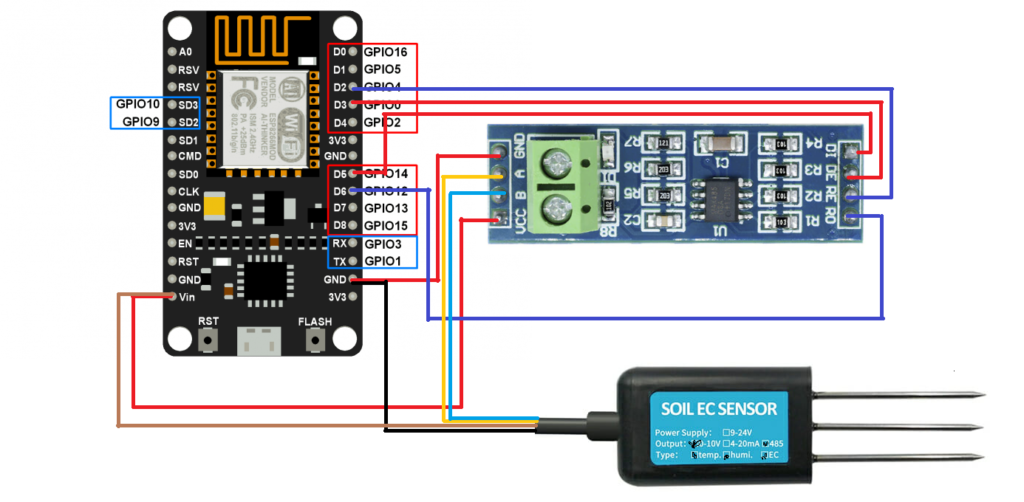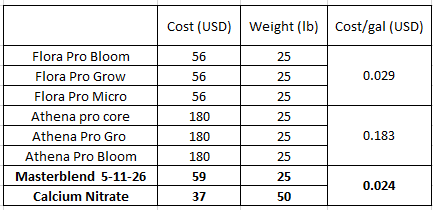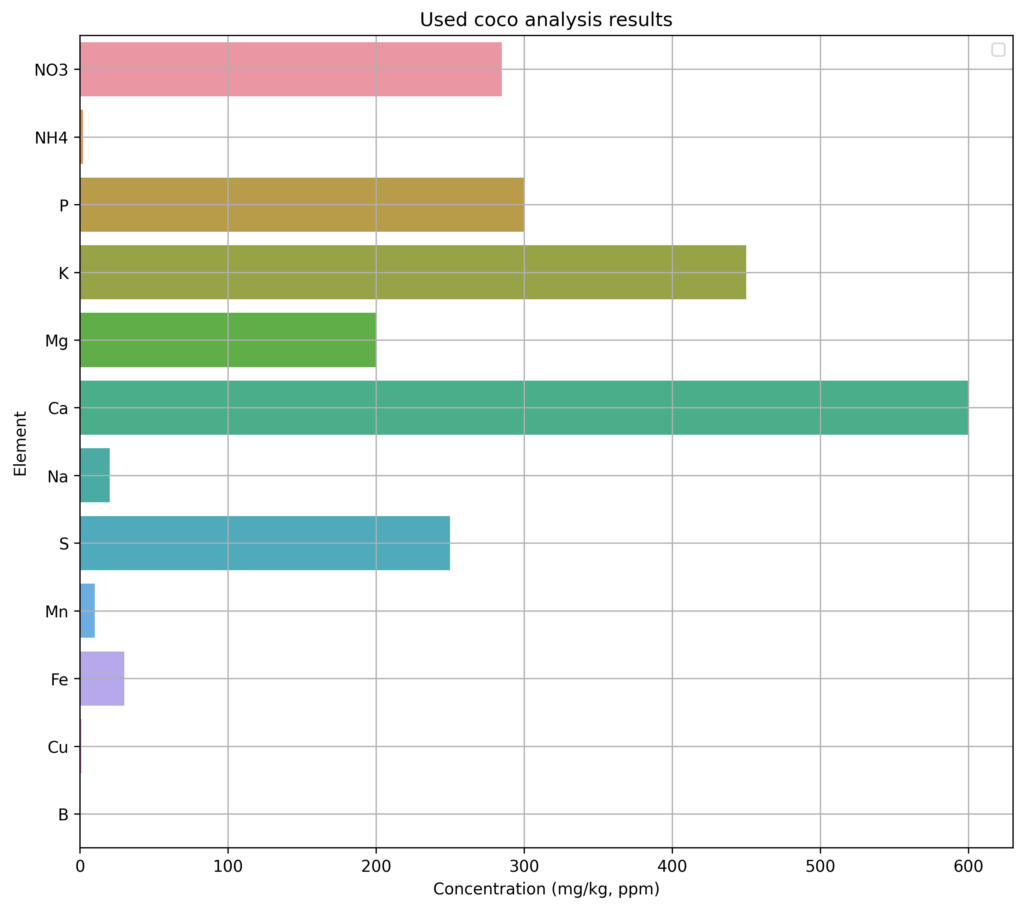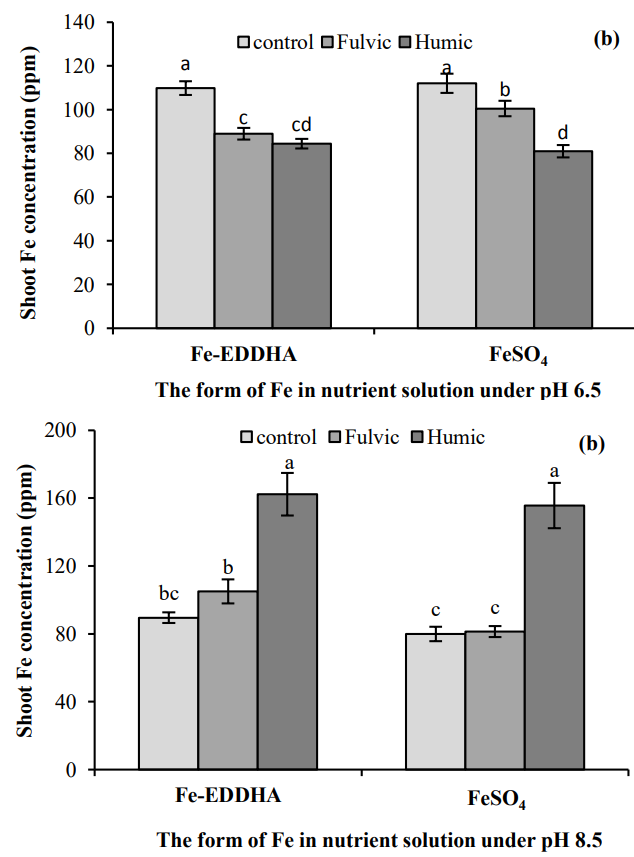Chitosan in hydroponic and soilless crops: what actually works
In hydroponic and substrate systems chitosan can help, but only inside fairly narrow windows of dose, molecular traits, and crop context. Here is what the strongest hydroponic and soilless evidence shows for common greenhouse crops, with doses in ppm and forms that have actually been tested in peer-reviewed trials.

What matters before you dose
Form and solubility. Most horticultural studies use acid-solubilized chitosan, typically chitosan acetate prepared by dissolving chitosan in dilute acetic acid. Solubility improves as degree of deacetylation increases and molecular weight decreases. That changes biological activity and leaf penetration, which is why not all chitosans behave the same in crops grown without soil. Review data across crops confirms that activity depends on origin, degree of deacetylation, molecular weight and derivative used, not just “chitosan” on the label (1).
Degree of deacetylation and molecular weight. Higher deacetylation increases positive charge density and solubility in the acidified sprays most growers use. Lower to mid molecular weight generally penetrates tissues better; very high molecular weight tends to act more at surfaces. Reviews focused on crop plants note these relationships and explain why different products show inconsistent results if DD and MW are not controlled (1).
Application route. Foliar and rootzone applications are not interchangeable. Foliar sprays in hydroponics commonly use 50 to 200 ppm for stress mitigation and quality endpoints. Rootzone dosing inside recirculating solutions can work for disease suppression at similar or higher ppm, but the tolerance window is tighter and crop-dependent. A 2024 root-focused review flags that root exposure can inhibit growth if dose and MW are off, even while defense responses go up (2).
Source. Commercial material is generally crustacean-derived, with fungal-derived chitosan available at smaller scale. Origin mainly matters through DD, MW and impurities like ash and protein. Again, agronomic performance maps back to those properties rather than source alone (1).
What the hydroponic and soilless studies actually show
Leafy greens and fruiting vegetables most tested in soilless settings
- Lettuce, deep-flow hydroponics, foliar. In a controlled deep-flow system, foliar chitosan at 100 ppm mitigated salt stress, improved relative water content and chlorophyll, and reduced membrane damage markers. The trial used exogenous chitosan applied to leaves while plants grew in circulating nutrient solution, so the result is directly relevant to recirculating NFT or DFT growers (3).
- Cucumber, hydroponic rootzone, disease control. In a classic hydroponic study, adding 100 to 400 ppm chitosan to the nutrient solution suppressed Pythium aphanidermatum root rot and induced host defenses without visible phytotoxicity at those doses. This is one of the best-controlled demonstrations of rootzone efficacy in a soilless system (4).
- Tomato, soilless substrate, chitosan-based material at the rootzone. A soilless peat and perlite greenhouse system received a chitosan polyvinyl alcohol hydrogel with copper nanoparticles placed in the rootzone. The treatment improved growth, antioxidant capacity and yield relative to the untreated control. This is not a simple chitosan salt spray and the dose was delivered as a solid material rather than a ppm solution, but it shows chitosan-based materials can be integrated into substrate programs in practice (5).
- Context across crops. A comprehensive review of chitosan for plant protection and elicitation explains the defense activation seen above and why responses are dose and MW dependent. It also documents successful use patterns that generalize to greenhouse crops treated by foliar or root routes (6).
Practical dose ranges that align with the hydroponic evidence
If you want the odds on your side in hydroponics or inert substrates, stay inside these lanes and confirm on a small block first.
- Foliar, leafy greens and fruiting vegetables in hydroponics or inert substrate. 50 to 150 ppm per spray, usually every 7 to 10 days around stress periods. The deep-flow lettuce result sits at 100 ppm and delivered physiological benefits under salinity (3).
- Rootzone, recirculating hydroponics. 100 to 400 ppm in the circulating solution only when you have a clear disease target like Pythium in cucumber. For general biostimulation, root dosing is higher risk. The hydroponic cucumber study used 100 and 400 ppm to suppress Pythium effectively (4). Outside this range you are more likely to see growth penalties than benefits according to root-focused syntheses (2).
- Chemistry targets when purchasing. Prefer DD around 80 to 90 percent and low to mid MW material for foliar work. Verify supplier certificates rather than marketing bullets. The crop reviews explaining DD and MW effects are clear that these traits determine outcomes (1).
Summary tables
Table 1. Trials in hydroponic or soilless systems with chitosan
| Crop | System | Application route | Chitosan form | Dose used (ppm) | Reported effect | Reference |
|---|---|---|---|---|---|---|
| Lettuce | Deep-flow hydroponics | Foliar spray | Acid-solubilized chitosan solution | 100 | Mitigated salinity stress, higher RWC and chlorophyll, lower oxidative damage | (3) |
| Cucumber | Hydroponics | Rootzone in nutrient solution | Chitosan solution in recirculating feed | 100 to 400 | Suppressed Pythium root rot, induced defense enzymes, no visible phytotoxicity at tested doses | (4) |
| Tomato | Soilless substrate, peat plus perlite | Rootzone material in substrate | Chitosan PVA hydrogel with Cu nanoparticles | not applicable as ppm | Improved growth, antioxidant capacity and yield versus control in substrate culture | (5) |
Table 2. Chemistry traits that move the needle
| Trait | Why it matters in soilless culture | Practical target |
|---|---|---|
| Degree of deacetylation | Higher DD increases solubility in dilute acids used for sprays and increases cationic charge for leaf interaction | 80 to 90 percent DD for foliar sprays (1) |
| Molecular weight | Lower to mid MW improves penetration and reduces viscosity. Very high MW can sit on surfaces and act mainly as an elicitor | Low to mid MW for foliar, avoid very high MW for root dosing (1) |
| Source | Crustacean and fungal sources both work. Performance depends on DD, MW and impurities, not source alone | Buy on spec sheet, not species label (1) |
Table 3. Foliar versus root applications in hydroponics and substrates
| Dimension | Foliar application | Root application |
|---|---|---|
| Typical working range | 50 to 150 ppm per spray | 100 to 400 ppm in the solution when disease control is the objective |
| Primary targets | Stress mitigation, quality traits, mild growth stimulation | Pathogen suppression in roots and elicitation of defenses |
| Risk profile | Low when DD and MW are appropriate and pH is controlled | Higher. Dose and MW errors can reduce root growth and yield |
| Evidence base in soilless settings | Deep-flow lettuce shows clear physiological benefits at 100 ppm (3) | Hydroponic cucumber shows robust Pythium control at 100 to 400 ppm (4) |
How to deploy without shooting yourself in the foot
- Start with foliar at 100 ppm on a small block. If your chitosan is low to mid MW and 80 to 90 percent DD, you are in the same ballpark as the effective lettuce hydroponic protocol (3).
- Reserve root dosing for disease pressure. If you are chasing Pythium in cucumber, 100 to 400 ppm in the solution is supported. For general “growth promotion”, root dosing is more likely to backfire than help in recirculating systems (4), (2).
- Verify product specs. Ask for DD and MW. If the vendor will not provide them, find one who will. The variability you see in practice maps to those two numbers (1).
- Do not stack unknowns. Mixing chitosan with copper, acids, or surfactants without a clear recipe can change activity. That can help in substrate programs where materials are embedded, as in the hydrogel example, but it is not a blank check (5).
- Measure the outcome that pays. Run a side-by-side block with your limiting stress in view. If you cannot tie chitosan to a measurable gain in yield, quality or loss avoidance in your system, move on. Elicitation without payoff is just cost (6).
















